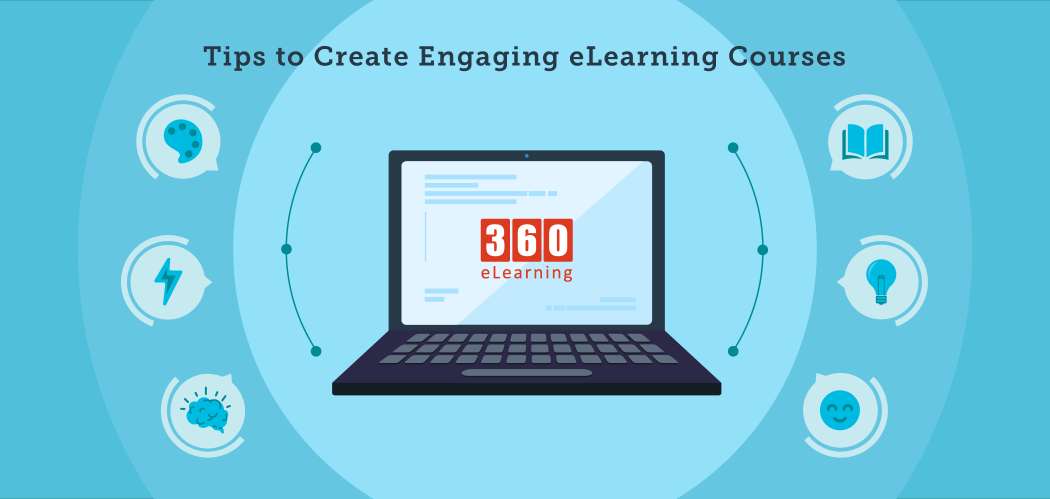Getting the benefits from online courses required that learning content is not only interactive but also aligned with the target audience’s needs. We hear many eLearning techniques like gamification, scenario-based learning, short videos, embed practical work examples into the courses but how and when to use these things is important. No matter what type of course content you are utilizing there is one crucial question to keep top of mind: How can I make online courses engaging for learners?
Let’s take a look at some useful tips that will help you create engaging online courses.
Structure the Course Content
Make sure your course content flow is right and aligned with the course objectives. Organize each element of the course that learners can easily map the whole course content. You should have to outline a plan for your course content. Your course content should be aligned with learning outcomes or goals that you want learners to achieve from completing your course.
Keep the Learning Modules Short
One important aspect that we do not focus on is the ‘attention span’ of learners. Traditional education wrongly convinced us that students will pay attention for forty-five minutes or more. They do not have the choice to turn off the lecture but in online courses, they have the option to close the course if it takes much time to reach to finish point. One module should not exceed 15 minutes limit and if the content is produced well and engaging, learners will stick to the course. So, try to make learning courses short and engaging.
Keep It Simple
This rule applies to every element of the course, navigation, presentation of information, assessments, graphics, writing. Complex things irritate the learner and might affect badly on expected learning outcomes from the training.
Make the Course Elements Interactive
Keep in mind, a boring presentation recorded and made available online is not an online course; it’s a boring presentation with an “off” button. Give options to learners to interact with the course by adding interactive elements into the course like drag and drop, flip cards, click to reveal information, type missing words, reflection questions, etc.
Be Concise and Innovative
The learning content should be concise and relevant to the context. Overload and extra information make the learner bored. Try to use information in bullets or short paragraphs rather than load the slides with large paragraphs. Use clear graphics and relevant to the topic information.
Present complex concepts with easy and innovative ways that learners can easily digest information. Use mind mapping and metacognition techniques in your online courses.
Story-based Learning
If you present information with a story, it will positively impact on learner’s interest in acquiring knowledge. Use characters and animation while presenting the story. Present information about a course like you are teaching in a class.
Challenge, Choice, and Consequences
Use the 3’cs approach in your course. Give something that is challenging for the learners and provide them choices to select that is best applied in a certain situation. Upon selection of the choice provide them constructive feedback.
Find ways to encourage learners to interact with the course and actively engage throughout the course. Many eLearning platforms offer online courses but not all courses are interest-driven and interactives. Your small efforts in your course make the learning more engaging and give substantial results.


